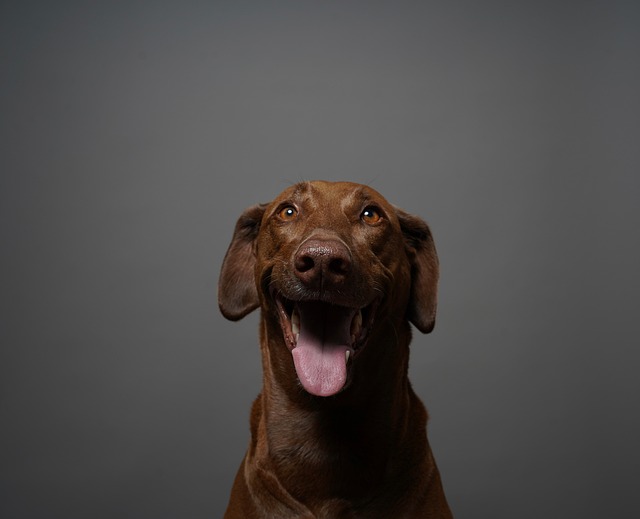
How do i train my dog to be obedient?
Watching your dog dart across the park ignoring your calls isn’t just frustrating—it can put them at risk near busy streets or public spaces.
Teaching a dog to high five isn’t just a party trick—it’s a fun way to bond, boost their confidence, and keep their brain sharp. Plus, it’s a great icebreaker at the park when other owners ask, “How’d you get them to do that?” The best part? Even stubborn pups can learn it with the right approach.
Start with the basics: your dog should already know “sit.” If not, spend a few days mastering that first—rewarding with tiny treats (think pea-sized pieces of chicken or cheese) every time they plop their bottom down. Consistency here lays the groundwork. In places like Scotland, where positive reinforcement training is widely encouraged by animal welfare groups, skipping punishment and focusing on rewards is more than a preference—it’s seen as kind training 101.
Once they’re sitting reliably, hold a treat in your closed fist, just above their nose. Most dogs will nudge or paw at your hand to get at the good stuff—that’s your moment. The second their paw touches your hand, say “high five!” in an excited tone, open your hand to give the treat, and follow up with a scratch behind the ears. Repeat this 5-10 times per session; short bursts work better than long, tiring ones.
 If your dog uses their nose instead of a paw, gently move the treat upward. This encourages them to lift a paw to reach—dogs are problem solvers, and they’ll figure it out. A Border Collie in Dublin I worked with took three days; a Shih Tzu in Barcelona needed a week. Every dog learns at their own pace, so patience is key. Rushing or getting frustrated can make them shut down.
If your dog uses their nose instead of a paw, gently move the treat upward. This encourages them to lift a paw to reach—dogs are problem solvers, and they’ll figure it out. A Border Collie in Dublin I worked with took three days; a Shih Tzu in Barcelona needed a week. Every dog learns at their own pace, so patience is key. Rushing or getting frustrated can make them shut down.
After a few sessions, try holding your hand out without a treat in it. When they paw at it, say “high five!” and reward with a treat from your other hand. This teaches them the action itself is what earns the reward. Gradually phase out treats, replacing them with praise and play—though an occasional surprise treat keeps it exciting.
In some European countries, like Austria, training methods that cause distress are regulated under animal protection laws. That means no yanking paws or scolding if they get it wrong. Positive reinforcement isn’t just nicer—it’s often the law. Stick to that, and you’ll both enjoy the process more.
Once they’ve got it down, practice in different places—your living room, the backyard, even outside a café. Distractions will make them better at focusing on you. Before you know it, they’ll be offering a paw whenever they want attention, and you’ll have a new way to connect that’s as rewarding for them as it is for you.

Watching your dog dart across the park ignoring your calls isn’t just frustrating—it can put them at risk near busy streets or public spaces.

New puppy owners often find themselves rushing to clean up accidents before they set in, and that’s where puppy pad training becomes a game-changer.

If you've noticed your dog's waistline disappearing and your veterinarian has mentioned those few extra pounds, your first instinct might be to simply reduce the amount of food in their bowl.

Training a dog to use a designated spot indoors isn’t as daunting as many new owners fear, but it does take consistency and an understanding of your pet’s needs.

That moment of dread on a walk is all too familiar for many new dog owners. You see another dog approaching down the sidewalk of your neighborhood

If the sight of another dog on your neighborhood walk makes your heart sink as your own dog erupts into a frenzy of barking and lunging, you're not alone.